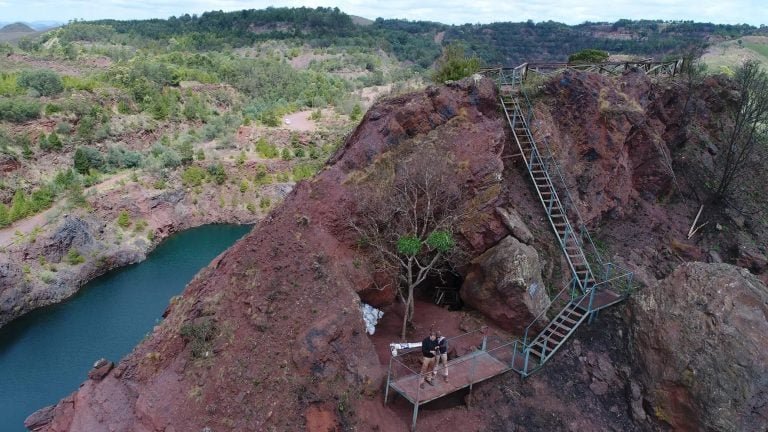A groundbreaking study by the University of Cologne has uncovered the world’s oldest known ochre mine in Eswatini, southern Africa, dating back an astonishing 48,000 years. This remarkable discovery sheds light on ancient practices of extraction, use and transport of the precious pigment.
Key Findings
- Oldest ochre mine: Lion Cavern in Eswatini confirmed as the world’s oldest ochre mine.
- Dating method: Luminescence dating and geochemical analysis used to trace ochre’s origins.
- Cultural significance: Ochre’s importance in ancient societies revealed.
- Ancient trade networks: Methods of extraction, use and transport reconstructed.
The Study
Researchers analyzed 173 samples from 15 Stone Age sites, employing innovative techniques:
- Geochemical fingerprinting: Neutron irradiation and laser technology identified ochre’s origins.
- Luminescence dating: Quartz grains dated to confirm mining activities.
Expert Insights
Dr. Svenja Riedesel: “Luminescence dating revealed the mine’s age, confirming its status as the oldest known ochre mine.”
Implications
- Insights into ancient human society and self-expression.
- Understanding of ochre’s cultural and historical significance.
- Reconstruction of ancient trade networks.
Sources
- University of Cologne. (2024). World’s oldest ochre mine discovered.
- MacDonald et al. (2024). Ochre communities of practice in Stone Age Eswatini. Nature Communications. DOI: 10.1038/s41467-024-53050-6









